Happy Friday! I've been really enjoying Kanye West's new documentary series Jeen-Yuhs on Netflix. Filmed by long-time collaborators Coodie and Chike, it takes viewers through various stages of the musician’s career. In the first two episodes, we get a glimpse of the rejection and challenges West faced in trying to make it in the music industry.
As I watched the docuseries, I thought about the ups and downs of being a creator and how the docuseries provides a blueprint for what it takes for creators to succeed, regardless of their field. Creators need to believe in themselves when others don't, persevere through adversity, put in the repetitions, know when to stay the course and when to pivot, and leverage the incremental power of teamwork, collaboration, and community.
If you haven't already watched Jeen-Yuhs yet, I encourage you to do so, whether you are a creator, marketer, or both. It should inspire creators to keep strong in their journey and help marketers feel more empathy for creators and what they do.
Today’s Edition:
Victoria’s Secret inks a partnership with TikTok star Remi Bader
Facebook goes all-in on Reels
LinkedIn enters the podcasting world
Victoria's Secret & Remi Bader's Year-Long Partnership: Standouts & Takeaways

Victoria's Secret and Remi Bader recently announced a new partnership that will see the TikTok star serve as a year-long brand ambassador and size consultant for the brand’s PINK line.
With over 2.4 million TikTok followers, Bader has quickly established herself as a prominent voice for size inclusion in the fashion industry by showcasing try-on hauls, offering honest feedback on inclusive clothing, and discussing mental health.
As part of the partnership, Bader will design a collection of her favorite PINK products, help launch PINK’s first XXL swimwear line, participate in brand activations and events, mentor Campus Reps (the brand's student ambassadors), and much more.
The partnership encompasses multiple components, including several stand-out elements. Below, you’ll find key highlights, takeaways, and applications for marketers.
Authenticity Is The Core Of Successful Partnerships
With PINK's efforts to be more inclusive and Bader's content focusing on inclusivity, the partnership is a natural fit. The clothing line's public statements indicate a desire to push boundaries and affect real change, a sentiment shared by Bader as well. Bader's niche and PINK's desired state are clear. Rather than having to adapt to each other's missions or values, the two parties are already on the same page, allowing them to move forward immediately with their partnership. Ultimately, both parties can act as extensions of each other without being forced.
Whether digital-native creators or celebrities, one of the key characteristics of a successful brand partnership is that it is authentic and natural. Brands and creators should always have something in common, whether it's something as simple as creators being existing customers or something as powerful as shared missions and values. Bader and PINK connect on both.
Influencers Can Drive Value As Strategic Consultants
Maybe one of the most important aspects of Bader's new role is the size consultant piece. As PINK expands into XXL swimwear for the first time, Bader's expertise and knowledge of the market are imperative. She's able to give insight on the technical aspects and the messaging that her community will connect with. She knows what will resonate with PINK's new target audience as evidenced by her hundreds of viral try-on hauls that have garnered over 60 million likes. Victoria's Secret has a history of not being inclusive, so an expert such as Bader can fill existing gaps between the company and today’s current landscape.
Influencers as consultants present one of the biggest opportunities for brands today. Creators are already seen as means of creating content and reaching audiences, but they can be strategic consultants as well. Through their insights, expertise, and experiences, they can help brands enter new markets and product categories, improve their positioning, and stay abreast of the latest industry and digital trends. By leveraging creators beyond traditional tactics like social posts, brands can work with influencers throughout various steps of the marketing process (e.g. research, strategy, ideation, concept testing, etc.) to drive more value and growth for their business.
Brands Can Also Help Nurture & Grow Creators
Despite a lack of details around Bader’s mentorship role with Campus Reps, it likely will be centered around providing ambassadors with advice and tips on content creation, navigating the digital world, building a career, and being an activist. Through Bader's guidance, PINK can cultivate and grow its ambassador network and make them stronger brand advocates.
It is a relatively new concept, but brands are starting to educate creators in recent months. Companies like Walt Disney, Gatorade, Chipotle Mexican Grill, and the WWE integrate education and mentoring into their brand ambassador programs and creator classes, which include webinars that teach creators about content creation, branding, media training, business, monetization, and much more.
Even though brands typically look for creators for their expertise, there are things such as business-related topics that brands can teach creators. Brands can provide creators with resources to accelerate their careers through education, guidance, or mentorship. This isn’t just beneficial for creators, either. Investing in creators can help them become stronger partners for the brand and also move influencer partnerships beyond transactional relationships and into true collaboration.
An Increasing Trend: Deeper Ambassador Programs
Victoria's Secret bringing Bader abroad demonstrates a trend of brands engaging digital creators for deeper brand ambassador programs, where creators can make a significant impact on multiple facets of their business.
Relationships between brands and creators that start and end with content creation are fast becoming a thing of the past. Today's savvy brands are finding new ways to engage creators, big and small, that allow them to be an extension of their brand and team, and increase their chances of success.
Industry News
Facebook launched Facebook Reels globally. Facebook is bringing its short-form video feature to more than 150 countries. In addition, it's expanding monetization and editing tools. Through the Facebook Reels Overlay Ads program, more creators will be able to earn money directly from their Reels by including non-disruptive banner ads and sticker ads. Creators will receive a portion of the revenue generated from these ads. Creators also gain new editing tools like Drafts, Remix, Video Clipping, and 60-Second Reels.
As its fastest-growing content format, Facebook is going all-in on Reels. Using a combination of format expansion, creator monetization, and creative and editing tools, Facebook hopes to combat slow revenue growth and a declining user base through its Gen Z friendly short-form video.
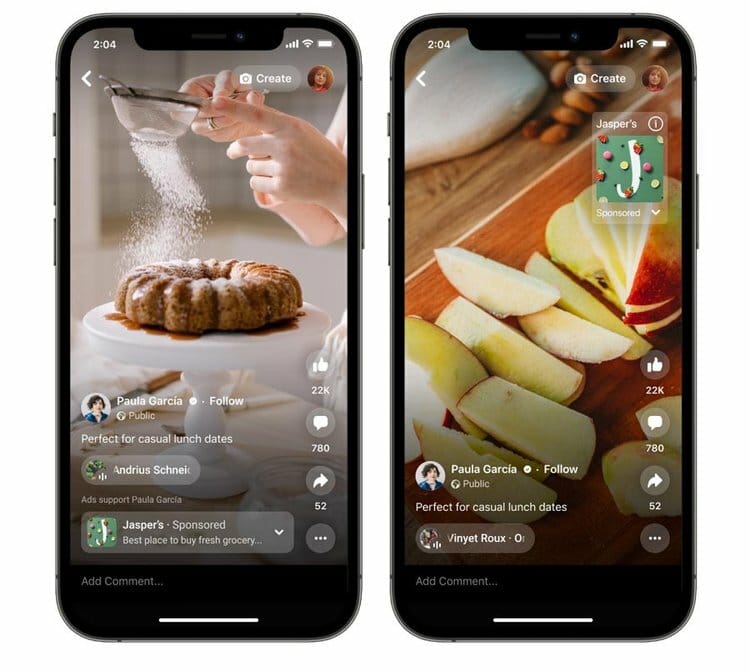
YouTube is rolling out a Live Rings feature for mobile devices. Creators who are live streaming will have a ring with the word "Live" around their channel avatar. When clicked, users will be taken directly to their live stream to view.
Like TikTok and Instagram, which provide similar functionality for indicating when creators go live, Live Rings enables users to discover live streams more easily. Now that live streams can be discovered through creators' long-form content, creators can strategically release long-form videos in order to attract viewers to their live streams.
With a number of live stream-focused updates planned for this year, live streaming looks to become a bigger part of the platform's experience. Upcoming live stream features include collaborative streams and robust live shopping support.
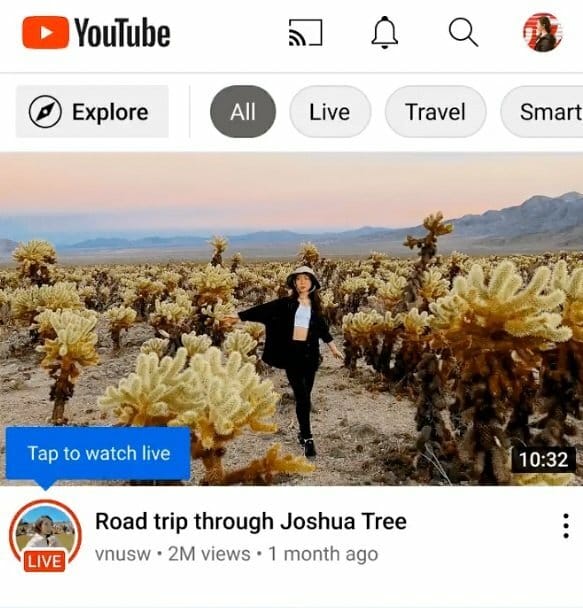
LinkedIn has launched the LinkedIn Podcast Network. With a series of original programming from thought-leaders and shows produced in-house by the LinkedIn News team, LinkedIn has entered the podcasting world. Users will be able to discover and listen to podcasts centered around business and workplace topics by following hosts or subscribing to their LinkedIn Newsletters, where episodes can be listened to through a widget or an embedded player. Podcasts will also be available across Spotify, Apple Podcasts, and more.
LinkedIn Podcast Network adds to the company's initiatives to attract creators, which already include dedicated teams and programs and new content formats like short-form posts, long-form articles, newsletters, and live audio. The support of podcasts provides creators with another opportunity to interact with their audiences. It also comes at a time when the podcasting industry is growing with both creators and listeners.

TikTok shared new resources to promote creator crediting. TikTok shared a number of tips on how creators can properly attribute the originators of popular trends, such as dances, recipes, sounds, and challenges, on its Creator Portal and TikTok For Creators account.
Creator crediting has been an issue on TikTok. Oftentimes, creators start a trend, but are not properly credited for their work. In particular, Black creators have faced this issue. Jalaiah Harmon, for example, originated the viral Renegade dance, but many believed Charli D'Amelio did. This was later corrected, but Harmon missed out on some attention and benefits that would have come with original credit. The efforts that TikTok is making to introduce a credit system are much needed and should encourage creators to think twice before creating content around trends without proper attribution.
This is a great start, but a longer-term, scalable solution will be needed. For example, TikTok could launch a feature where creators can submit videos of original dances or recipes, and should those go viral, TikTok would tag that video and any other videos featuring the trend back to the originator. With TikTok providing the potential for people to become stars overnight, platform support for crediting will be important in keeping creators happy.
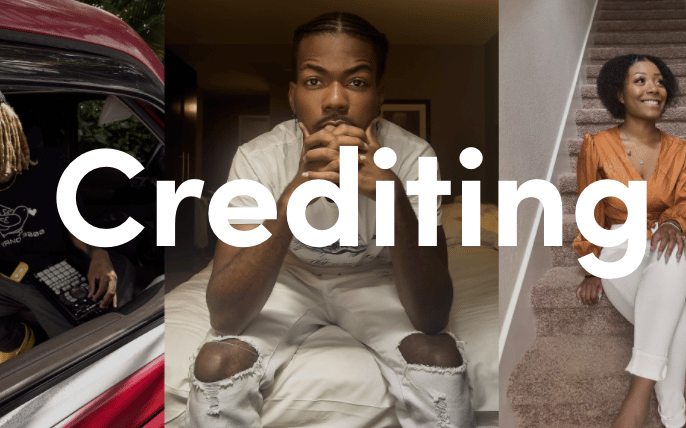
Twitch introduced the Ad Incentive Program. The program rewards creators with flat-rate incentives that they can earn by streaming for a specified number of hours and running ads. Creators will see personalized offers, based on the number of ads run per hour and total hours streamed in their Ads Manager. Once accepted, Twitch sets the ad schedule for creators based on the offer. Currently, only certain Twitch Partners and Affiliates can participate in the program. The platform said the program was designed to help creators earn a more predictable monthly income through advertisements.
AIP delivers a new approach to advertisement-based creator monetization. Twitch creators typically have a predictable revenue stream through subscriptions, but even those can vary from month to month as people opt-out. With AIP, creators get a much more predictable revenue stream by knowing exactly how much they can earn from ads based on specific streaming thresholds. Thus, creators can spend less time setting up their ad schedules and forecasting potential payouts, and more time creating content.
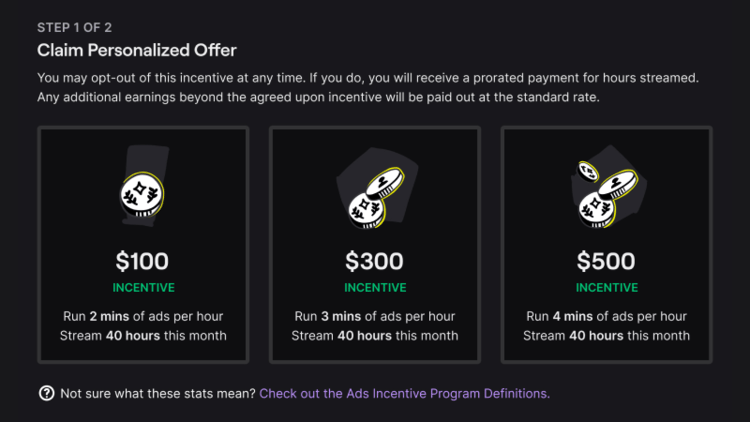
Reddit is launching new image editing tools. Users can now post images directly to the platform with a set of new tools. They'll be able to crop, rotate, and mark up images with text, stickers, and drawings. Initially, these tools are available on iOS, but will eventually be available on Android as well.
The rollout of image editing tools is an example of Reddit becoming more like traditional social media platforms. A number of features, tools, and experiences have been added to the platform since the start of this pandemic, bringing elements similar to Instagram, TikTok, and Twitter to the world of Reddit. Some of these updates have been met with mixed results, but that likely won't stop Reddit from expanding its functionality and supporting all users with their creation and curation needs.
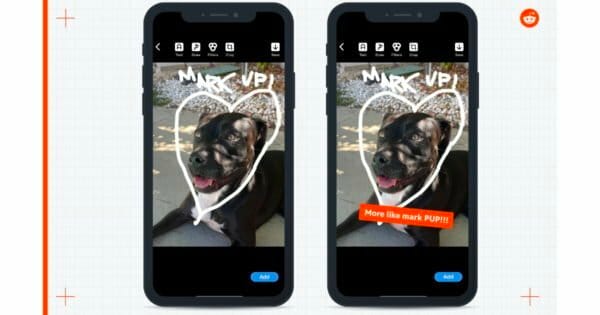
Chart Of The Week:
Over Half Of Consumers Anticipate Watching More Livestreams To Shop
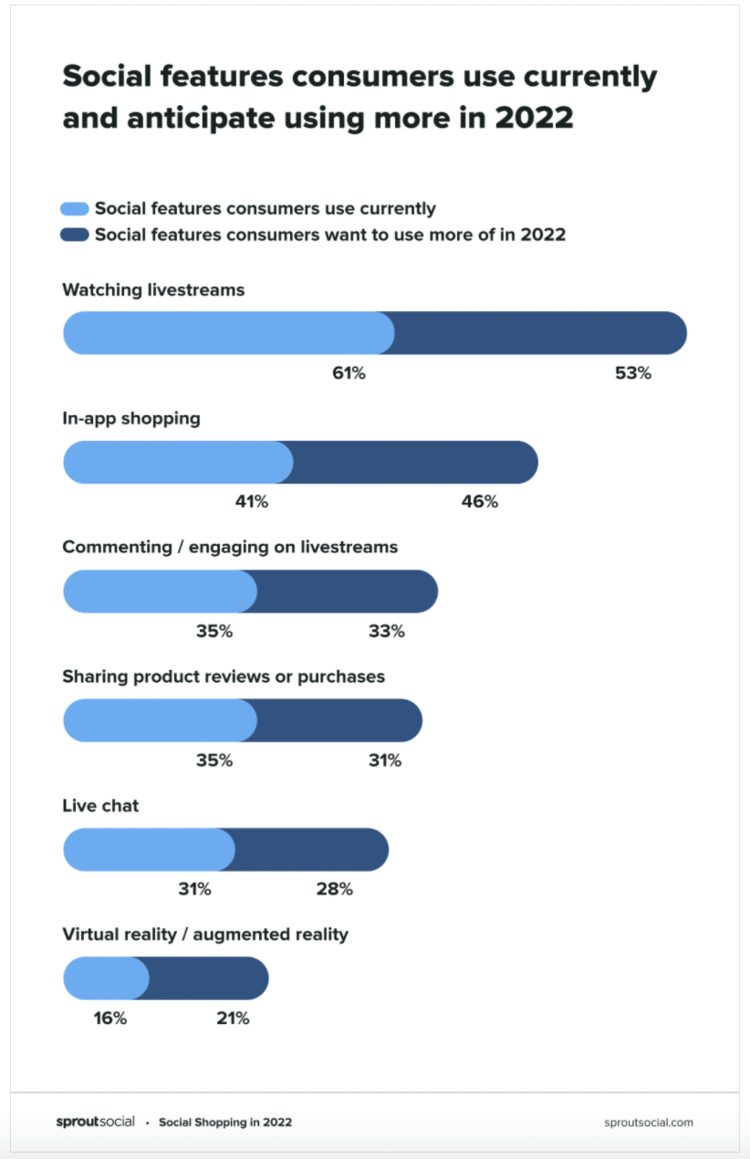
According to Sprout Social's Social Shopping in 2022 report, 61% of consumers currently watch livestreams for shopping, and 53% want to watch more livestreams in 2022. Aside from watching livestreams, in-app shopping is a go-to feature for social shoppers. Currently, 41% of consumers use in-app shopping, and 46% plan to increase their usage this year.
The report also shows that social shopping is growing as a whole, with 98% of consumers planning to buy something through social shopping or influencer commerce in 2022.
The data supports rising trends in social commerce, such as the growth of social media platforms providing live shopping experiences, enabling creators and brands to make their content shoppable, and brands leveraging creators to promote their products and services.
What I’m Reading
When everyone started calling themselves creators (Vox)
How Black creators are building toward the metaverse (Facebook)
The big influencer trust issue — and the beauty brands trying to save it (Vogue Business)
TikTok wants longer videos — whether you like it or not (Wired)
Hustle and hype: the truth about the influencer economy (The Guardian)
